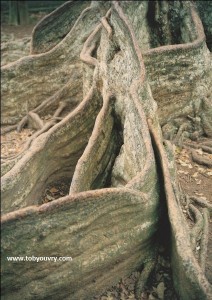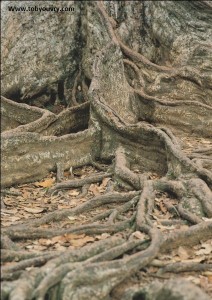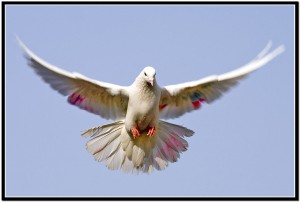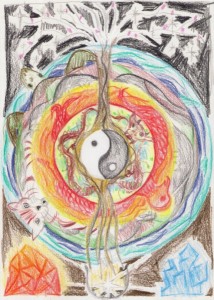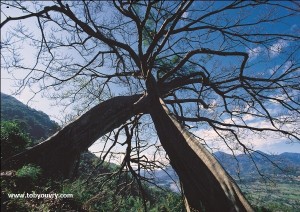 One of the great illusions that we often battle with is the feeling of being isolated and alone. This feeling of loneliness and isolation can exact a heavy toll upon our psyche. There are three approaches that we can take to this challenge:
One of the great illusions that we often battle with is the feeling of being isolated and alone. This feeling of loneliness and isolation can exact a heavy toll upon our psyche. There are three approaches that we can take to this challenge:
- Get more comfortable with being alone
- Reach out to other people and build more of a sense of external community
- 3. Tap into sources of invisible love and support that surround us all the time
This article looks at the third option, which in many ways can be understood as tapping into the power of prayer. The meaning of prayer as I am referring to it here is as follows:
“Prayer is a way of invoking and requesting support from the invisible sources of love that surround us at all times” .When I say “invoking” here this can be done in both an active and a passive way. To pray actively means to make a specific request to any invisible source of support. Prayer can also be done in a more passive way simply by becoming aware of the invisible source of support and focusing on consciously receiving supportive energy from that source.
So, what are these invisible sources of loving and supporting energy? Here is a list of examples:
From Yourself – We can prayers and requests to the higher dimensional aspects of ourself that we can term in many ways, for example our Higher Self, our Divine Spark or our Buddha Nature. Since these higher aspects of consciousness are literally a part of who we are, it is safe to assume that they are always wishing us success and happiness, and are sending us that support all the time. Through the practice of prayer we can leverage on this invisible support much more.
From those who love and like you, and from your Ancestors – We are energetically and mentally connected to friends and family all the time, and there is potentially a constant stream of positive energy and support that we can be receiving from them even if they live in a far away land. Moreover there is also an ongoing stream of invisible love, support and wisdom that flows through our life at all times in the form of our ancestral group as a whole.
From the “Power of the Common Good” – This level of support is really about remembering that there is within the group mind of humanity a common intention to benefit, do good and support. Easy to forget amidst the mass of seeming negativity and chaos, but it is nonetheless there for us to tap at will!
From the Wise – Those Saints Saints, Sages and Great Souls, the great and the good, past and present who are filled with love, wisdom and compassion, and are at the cutting edge of human evolutionary consciousness.
From the Earth and from Nature – Sit in a park surrounded by trees for a while and any problem or pain that you have will reduce. I’m reading the Ramayana with my daughter at the moment, where all the characters pray for support from rivers, tress and mountains. It is a bit of a forgotten art in modern society that we could well do with remembering and practicing more!
From Spirit or Source – By this I mean the formless creative energy that creates and sustains all of the above, call it God or what you will…
A One Minute Prayer/Meditation Method for Tapping into Your Invisible Support Network
Pick one of the above invisible sources of love and support and focus on it mentally. You can then either:
- Offer a specifically worded prayer requesting support for a particular area in your life, or
- Just recognize this invisible source of love and acknowledge its readiness to support you.
Having made your prayer or recognized this source of invisible love, feel it surrounding you and supporting you, breathe with this feeling of receiving love and support for a few breaths, share your burden and release your worries.
A slightly longer Prayer/Meditation Method for Tapping into Your Invisible Support Network
Take the time to go through the above list of sources of love and support. Having offered your prayer for support, spend a few moments breathing with and feeling the support of each of these sources in turn. Take the time to recognize and feel the support of each of them. Feel the love you are receiving increasing with each source that you focus on. End by focusing on a feeling of having released your worries and burdens, and of being NOT ALONE!
© Toby Ouvry 2011, you are welcome to use or share this article, but please cite Toby as the source and include reference to his website www.tobyouvry.com
